Category: Glassblowing
-
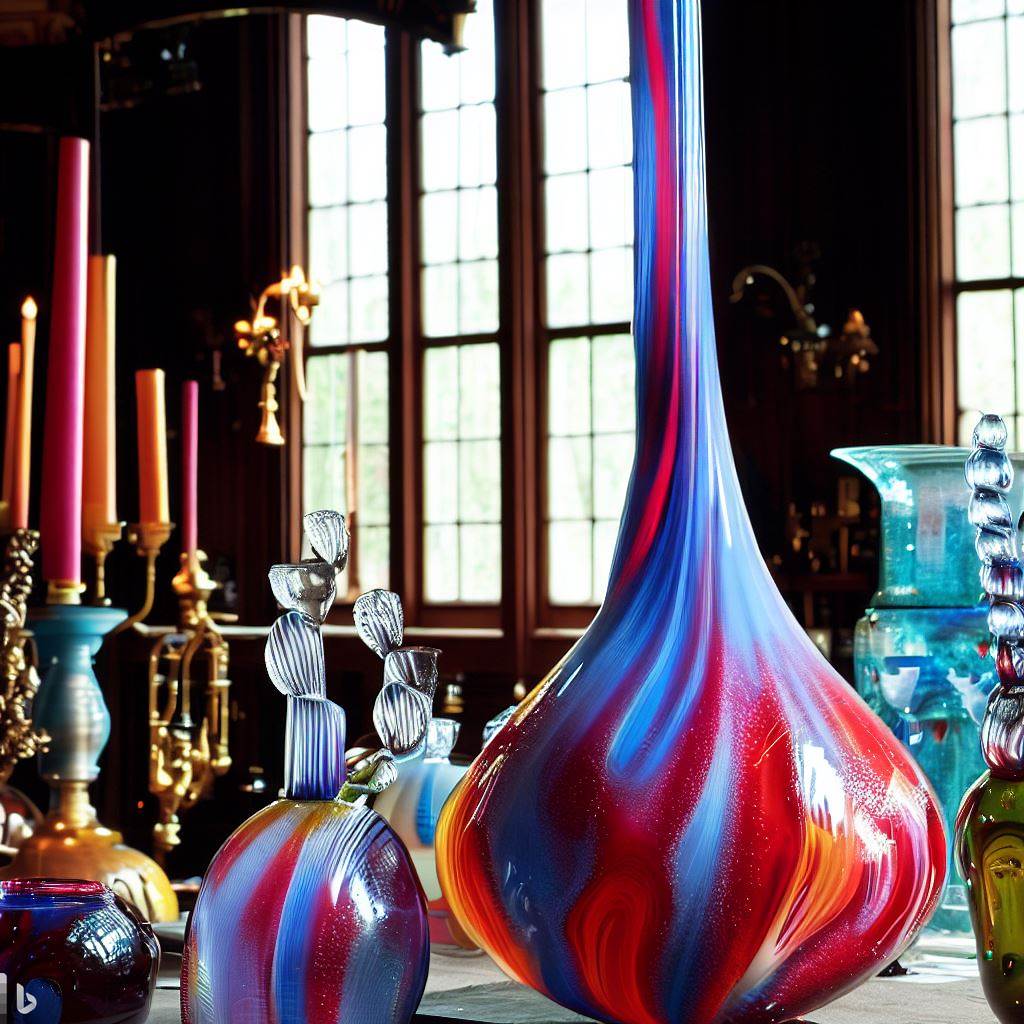
The Glassblowing Renaissance: Reviving a Timeless Art Form
The glassblowing renaissance of the 1960s saw a shift from glassblowing as a utilitarian craft to a fine art form. Pioneering artists like Harvey Littleton and Marvin Lipofsky established university glass programs that trained new generations in glass techniques and encouraged conceptual art fusions. This led to the emergence of the Studio Glass movement, which…
-
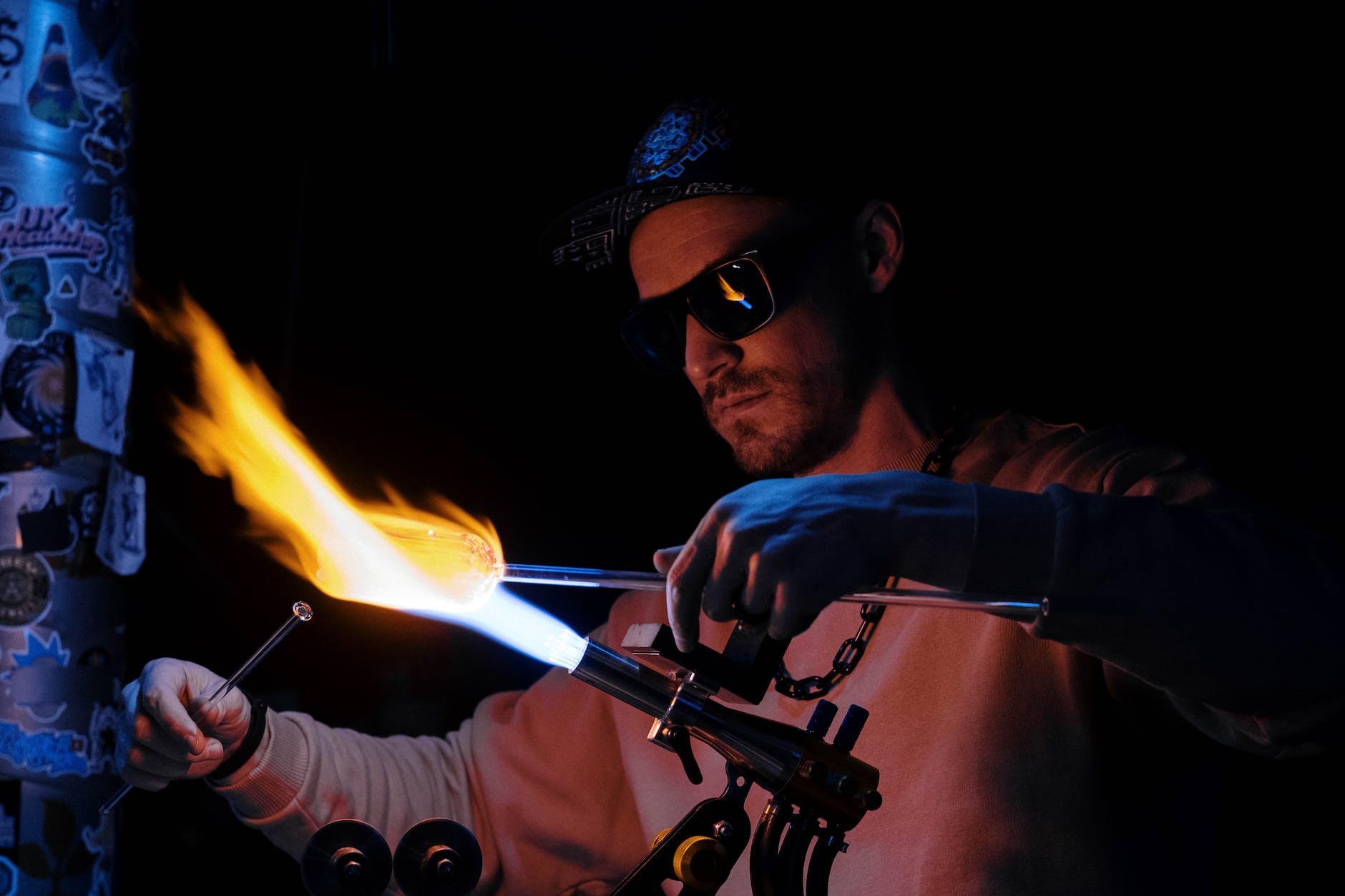
Glassblowing Innovators: Pioneers of the Craft
Glassblowing owes its artistic expression to visionary pioneers who revolutionized the craft. Dominick Labino’s small-batch furnaces liberated glassblowers from industrial confines, while Marvin Lipofsky’s glass education programs nurtured generations of artists. Dale Chihuly’s expansive vision transformed glass into immersive sculpture and installations, inspiring future innovators. Ed Poore’s 3D optic mold blowing and William Gudenrath’s historical…
-
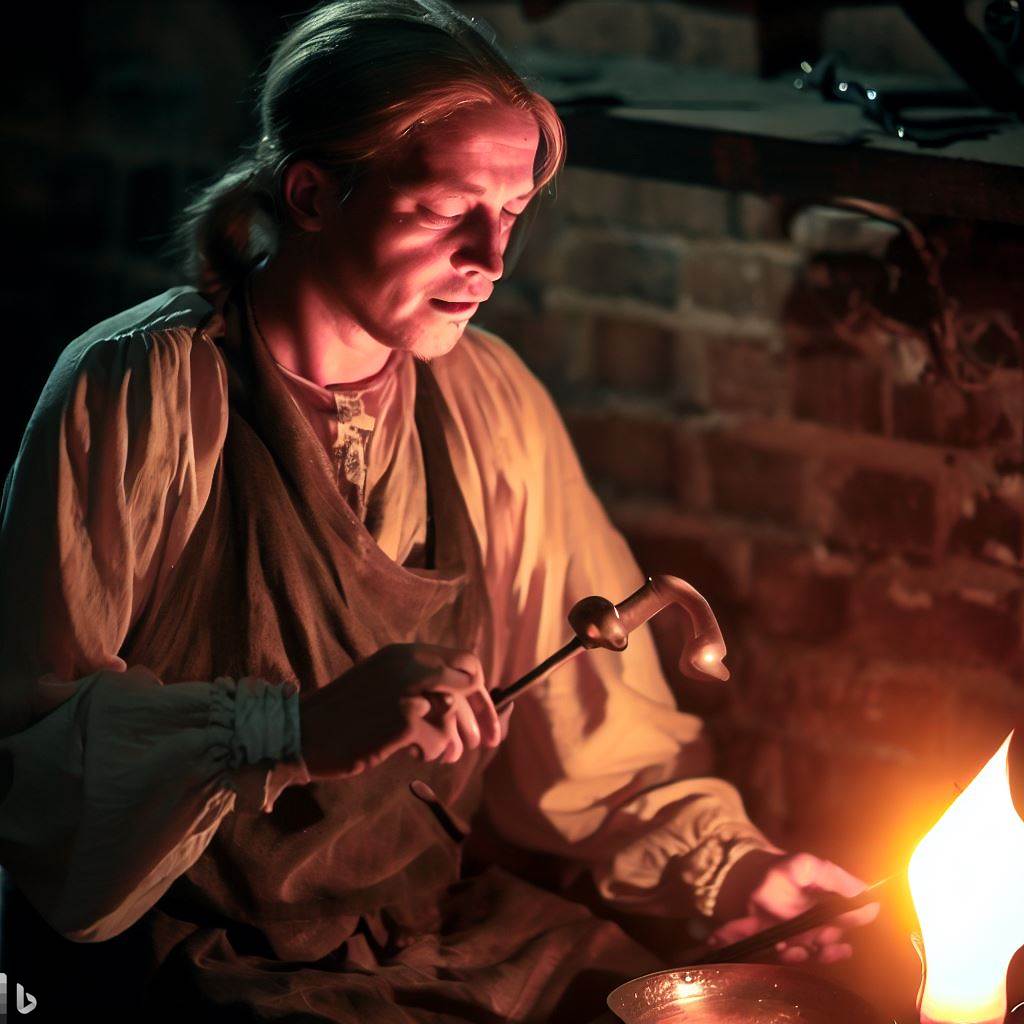
Sustainable Glassblowing: Eco-Friendly Practices in the Studio
Glassblowing studios can adopt eco-friendly practices to reduce environmental impact and save on energy bills. Upgrades like insulation and efficient burners optimize energy use, while recycling glass on-site reduces waste. Solar energy offsets electrical demands, and water conservation initiatives achieve substantial savings. Safe handling and disposal of chemicals protect the environment. Implementing green practices fosters…
-
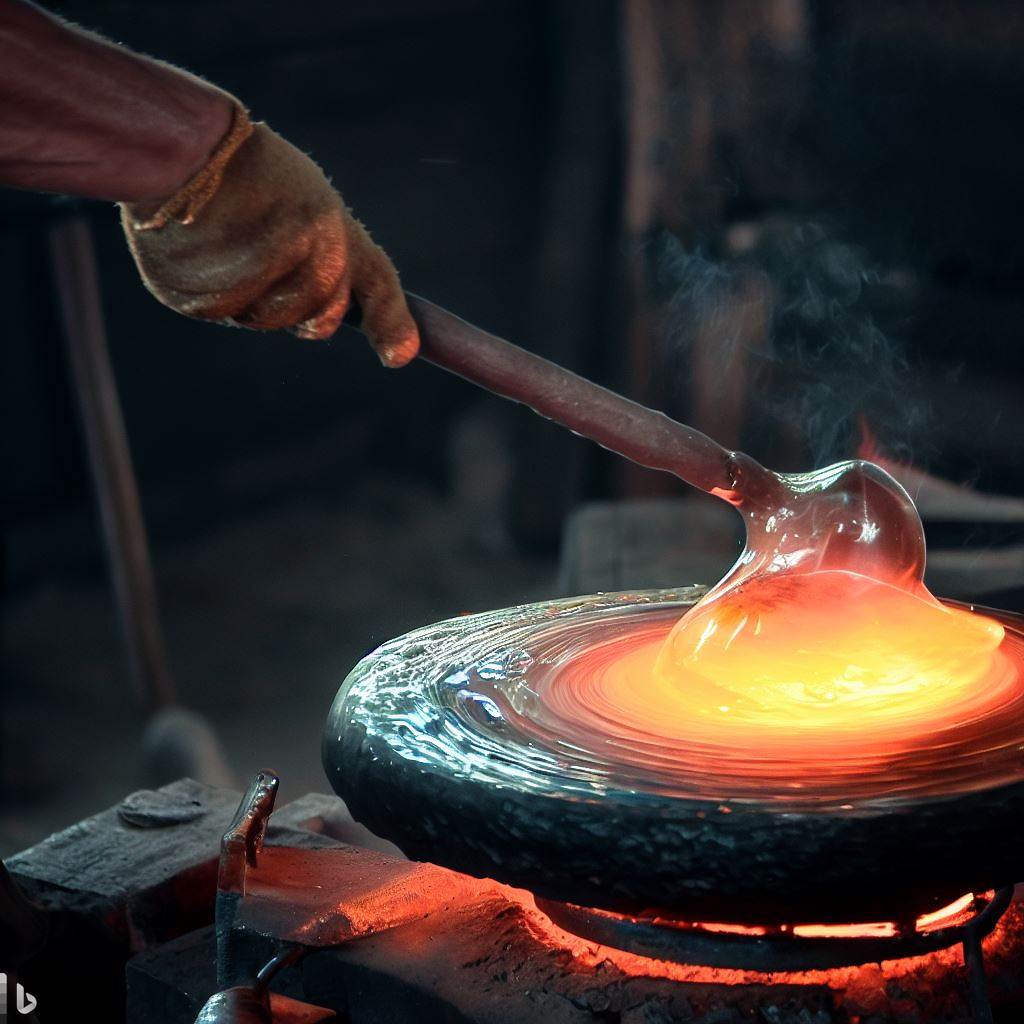
The Science of Glassblowing: Understanding the Chemistry
The art of glassblowing is a complex and demanding craft that requires a deep understanding of chemistry. The composition of glass, the way it reacts to heat, and the process of annealing all play crucial roles in creating beautiful and durable glasswork. Glass is made from a mixture of silica, soda ash, and lime. These…
-
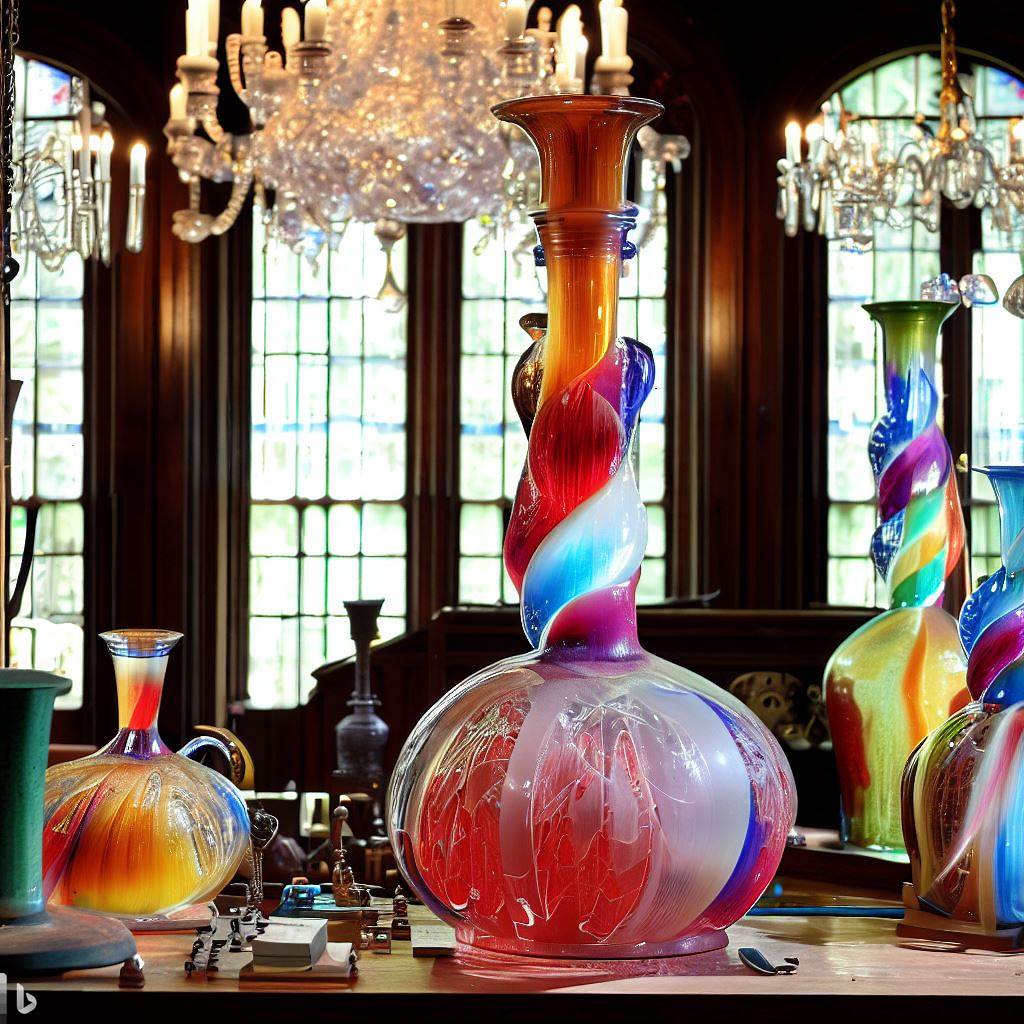
Glassblowing with Color: Mastering the Art of Glass Pigments
The art of glassblowing is all about controlling the flow of molten glass. This is especially true when it comes to color, as the slightest variation in temperature or technique can completely change the hue. To master glass color, it is important to understand the science behind it. Different elements produce different colors when added…
-
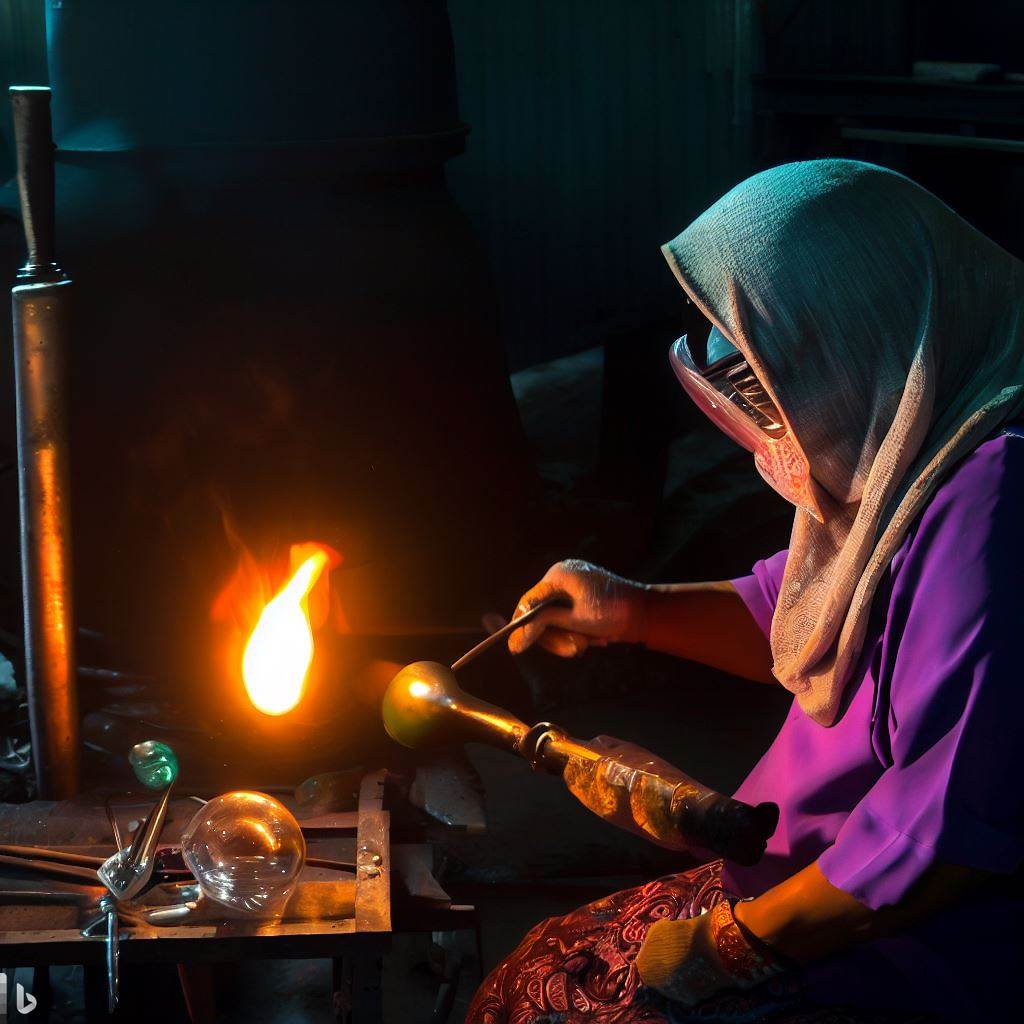
The Secrets of Glassblowing: Ancient Techniques Revealed
The art of glassblowing has evolved over centuries, with skilled practitioners jealously guarding their proprietary methods. Today, however, glassblowers are more open about sharing their techniques, revealing the secrets behind this mesmerizing craft. One of the most important secrets of glassblowing is the recipe for clear molten glass. The right proportions of silica sand, soda…
-
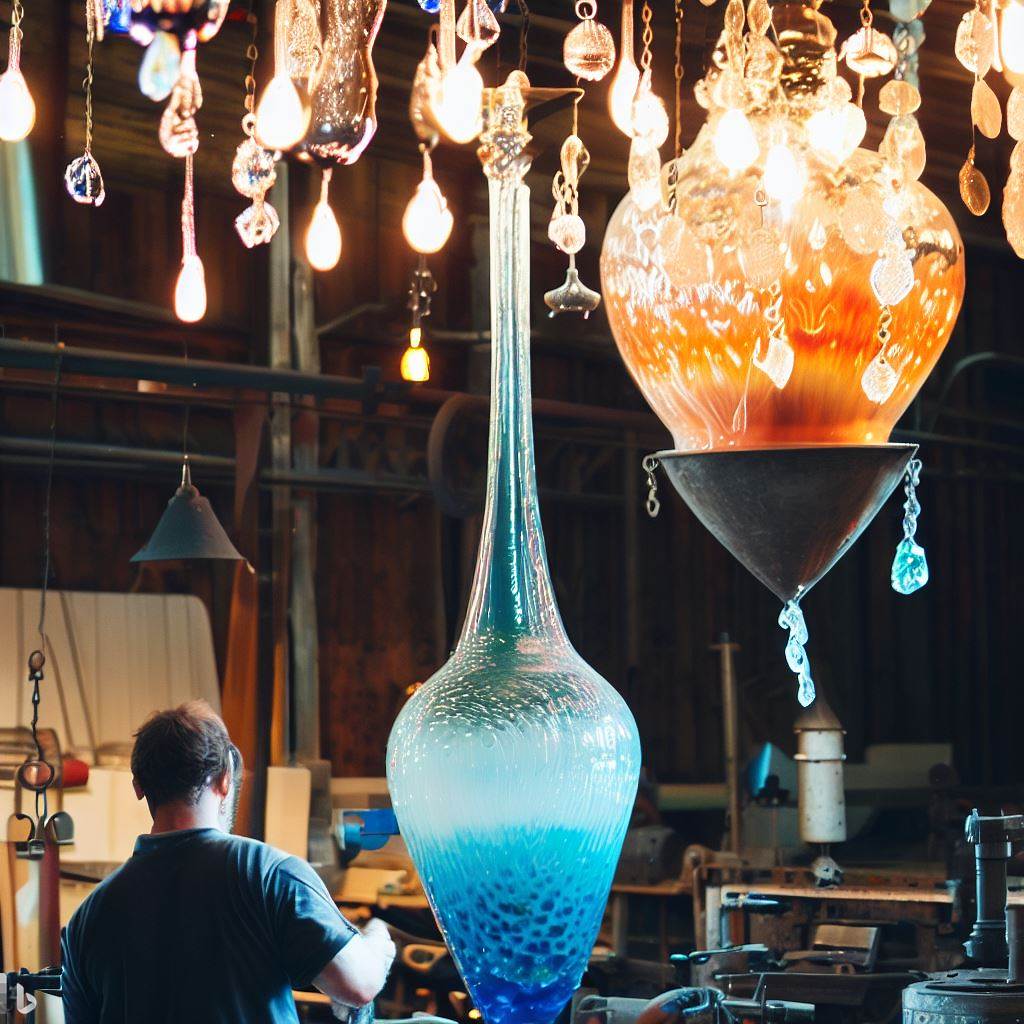
Glassblowing as a Form of Meditation: Finding Zen in the Studio
Glassblowing shares striking similarities with meditative practices, offering a serene and focused state akin to a meditative trance. The process demands intense concentration, rhythmic movements, and a mindful flow that leads to a sense of peace and healing. Engaging with molten glass in a state of centered presence fosters a profound mind-body connection, making glassblowing…
-
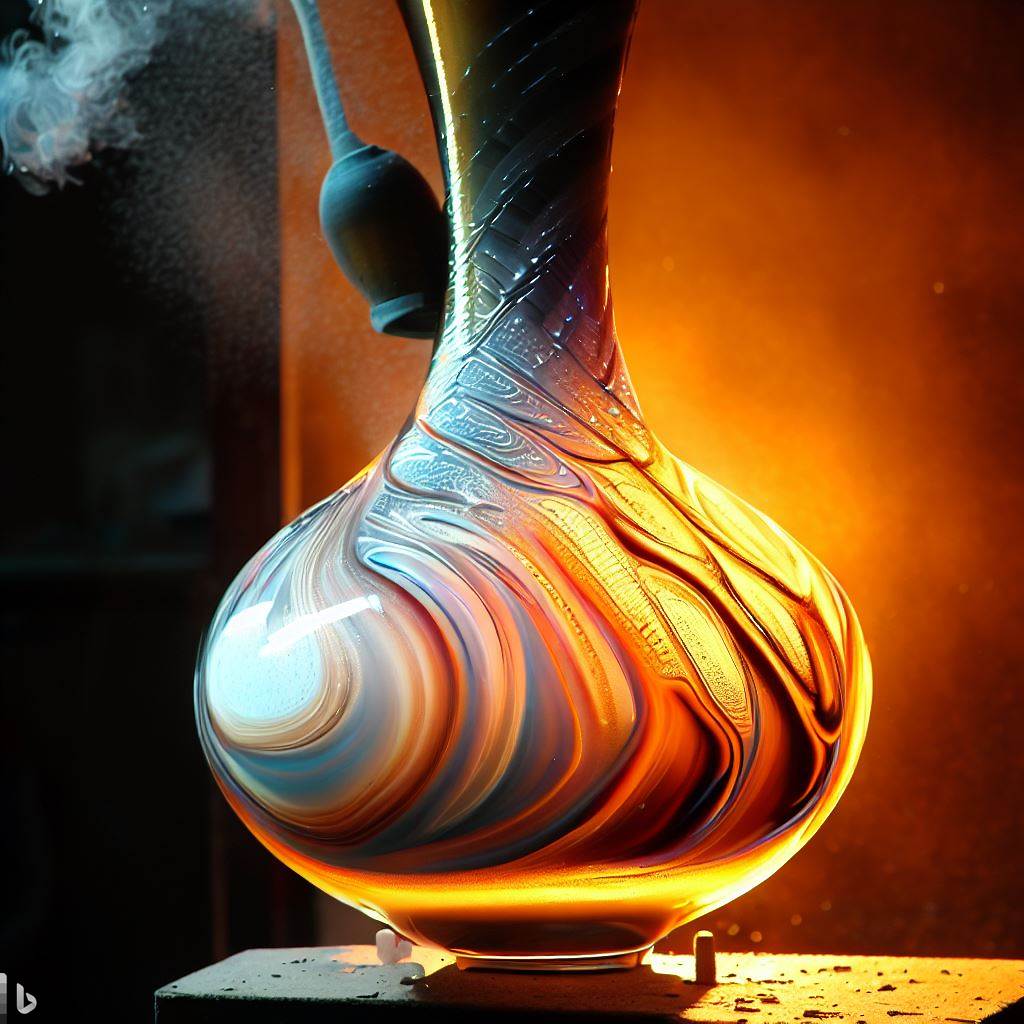
Blown Glass Treasures: The Allure of Handcrafted Glass Art
Hand-blown glass is a unique and soulful art form that has been cherished for centuries. Each piece is a work of art, with its own unique imperfections and irregularities. The process of creating hand-blown glass is also mesmerizing, as it involves spinning, blowing, and working molten glass into delicate patterns. Hand-blown glass is a timeless…
-
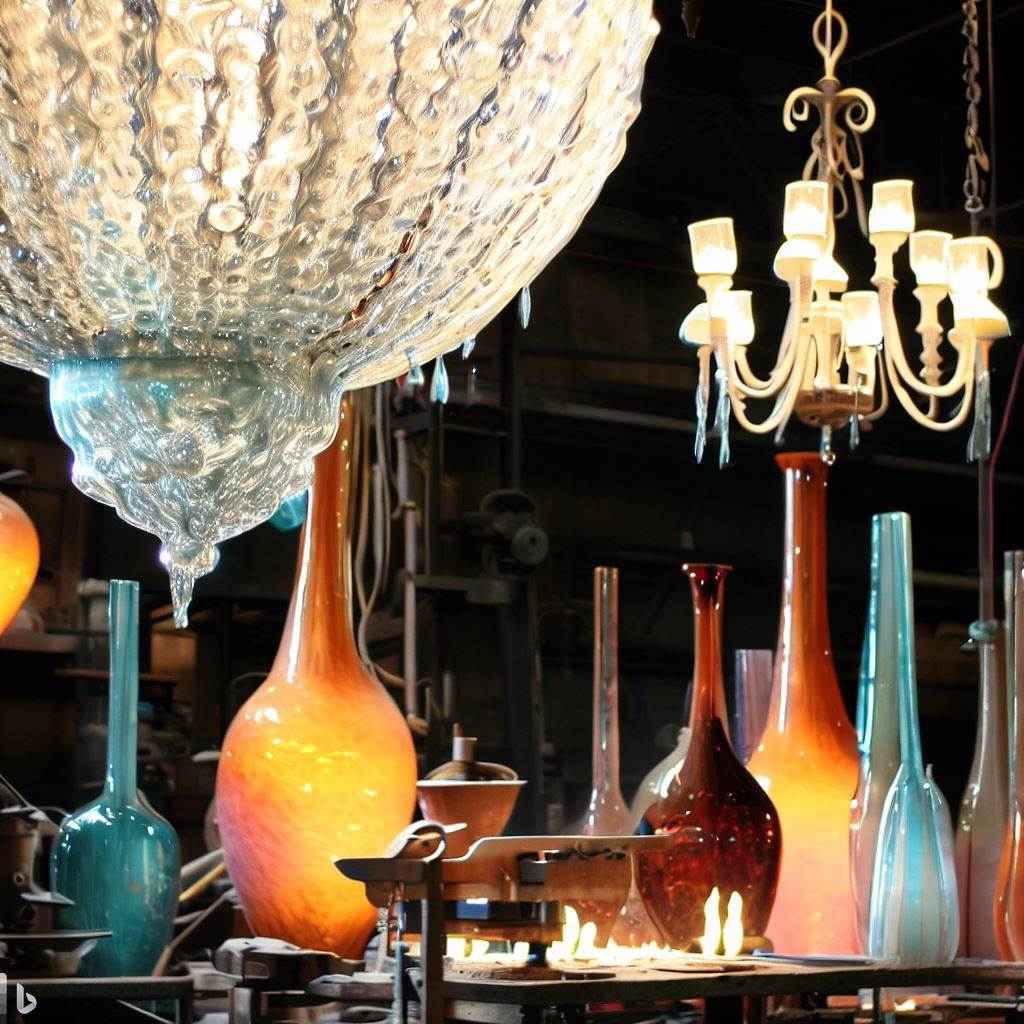
Glassblowing for Art and Function: From Vases to Chandeliers
Glassblowing’s versatility shines through the form and function of its creations. From traditional tableware to scientific labware, hand-blown glass offers practical solutions with artistic flair. Stained glass windows, an age-old tradition, continue to mesmerize with their divine illumination. Artists take glassblowing to new heights, sculpting intricate figurative shapes and fantastical beings. Monumental glass installations redefine…
-
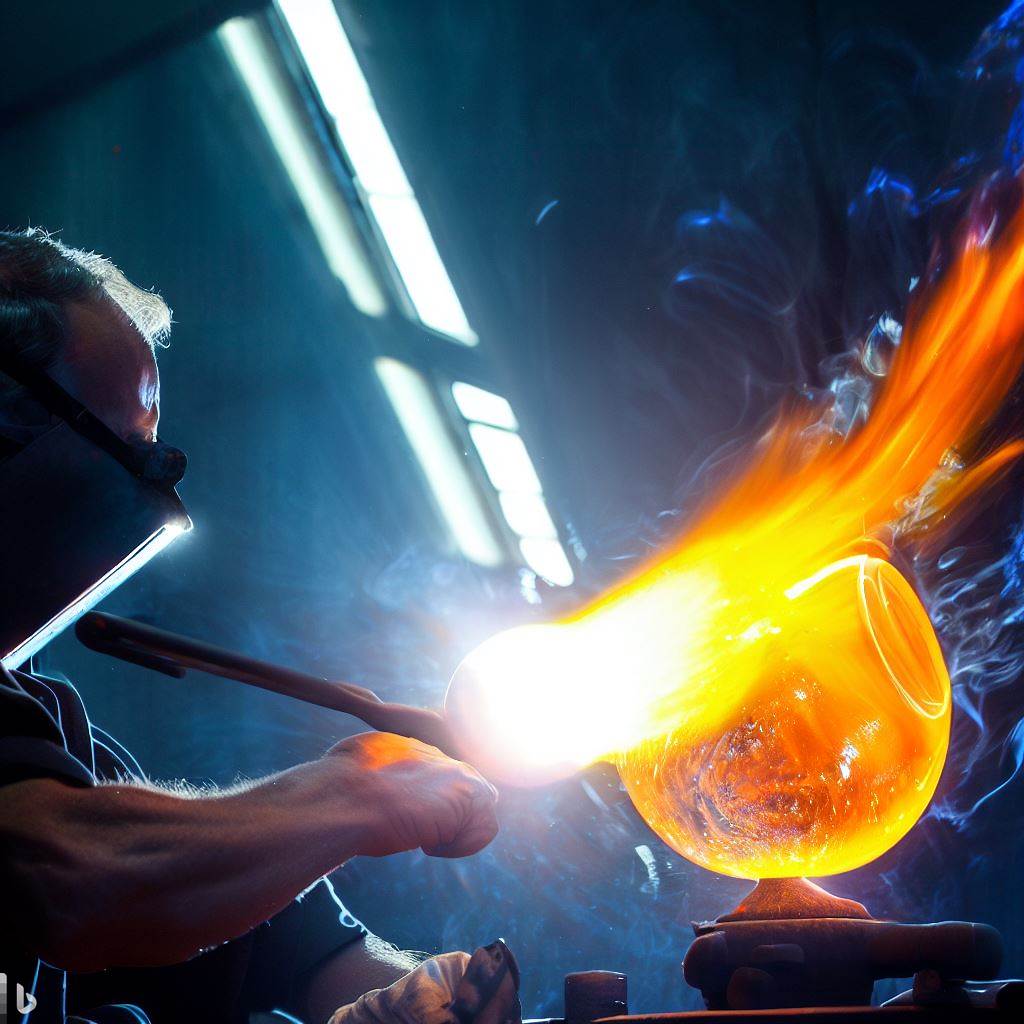
Glassblowing Innovations: Exploring Modern Glass Techniques
Contemporary glassblowers have been pushing the boundaries of the art form, using innovations like augmented reality (AR) to overlay digital content onto physical glass sculptures. Kinetic glass sculptures with moving elements, such as motors and air bellows, create dynamic and captivating artworks. Experimentation with new techniques and materials, like cast and kiln-formed glass, allows for…